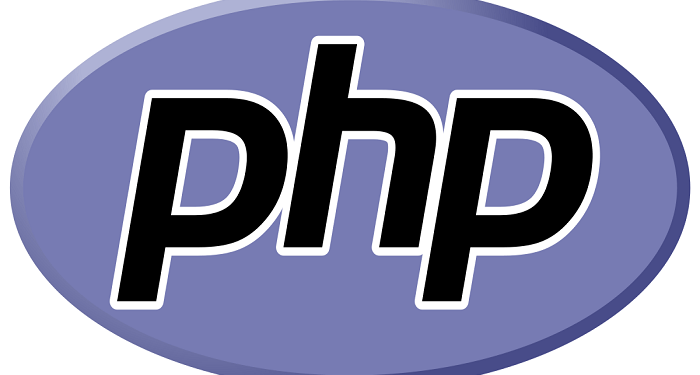If you have ever wondered what PHP stands for, you’ve come to the right place. PHP is short for “PHP Hypertext Preprocessor”, and it’s the language of servers and scripting on the Internet. PHP is a server-side scripting language embedded in the hypertext markup language (HTML). It’s used to manage dynamic content, databases, and sessions. PHP is also used to build entire e-commerce websites, and it is integrated with a variety of in-style databases.
It is commonly used to create dynamic web pages and can interact with users. It can also encrypt and validate data, making it useful for database management and dynamic content management. The language also has an access to cookies and other variables for tracking visitor behavior. It’s faster than other languages and is completely platform-independent. PHP code works across all platforms and is cross-platform. This means that you can easily load, connect, and run a PHP application.
PHP code is free to download, so anyone can use it. PHP files contain normal text, html tags, styles, and script. They can be found anywhere in a file. The extension of a PHP file is “.php”. When new PHP files are created, they contain HTML labels and PHP server scripting code. When a website uses PHP, it can help create and manage content. In addition to web development, PHP is also used in the creation of online applications.
PHP classes also contain variables. These are called properties. A property is a normal PHP variable. It can be any type of data. Visibility is determined by the visibility keyword. You can also create abstract classes by adding an “abstract” keyword to the class name. This will affect specific HTML elements. So, to begin, let’s look at what PHP can do. There are several functions available for you to use, each with their own advantages and disadvantages.
PHP was originally designed to create simple personal web pages. However, PHP has grown immensely in complexity, and the community of developers is working hard to make it easier for new programmers. For the beginner, PHP has many advantages, and its syntax is forgiving. PHP is compatible with many platforms and can be used to build simple websites. It’s easy to learn and is a good choice for beginners. But, be warned, PHP has its cons.
PHP is an open source language for web development. It’s a language that can be embedded into HTML and run on a web server. It’s widely used and supports all major web browsers. This makes it a scalable language, making it a popular choice for web development. In addition to being highly accessible, PHP is a flexible and open-source programming language that allows you to create interactive, attractive web pages.
PHP is a server scripting language, written in the Hypertext Preprocessor (PHP), which is an open source programming language. PHP is widely used to create interactive, dynamic, and web-based websites. PHP is also used for desktop applications, PDF files, and WordPress plugins and themes. Popular websites such as Facebook, Google, and Flipkart use PHP. As a result, PHP is extremely versatile, and is compatible with many different operating systems.









